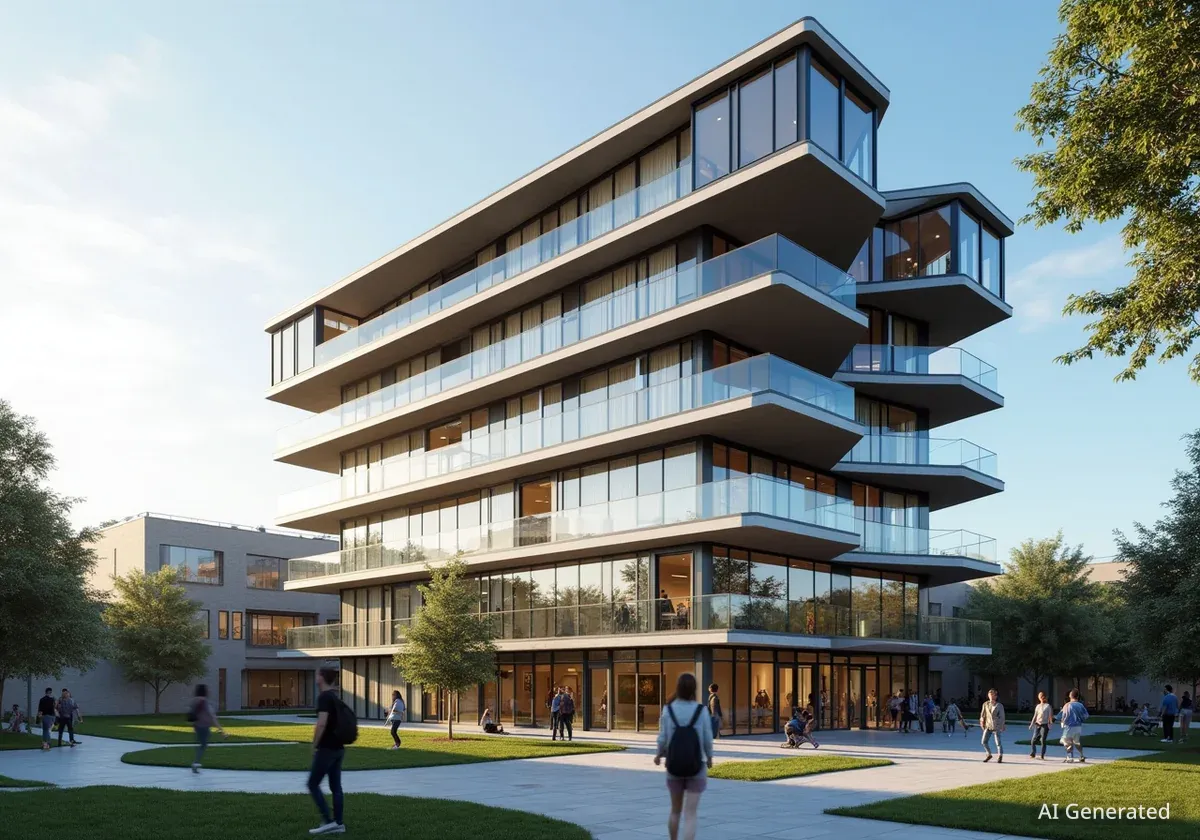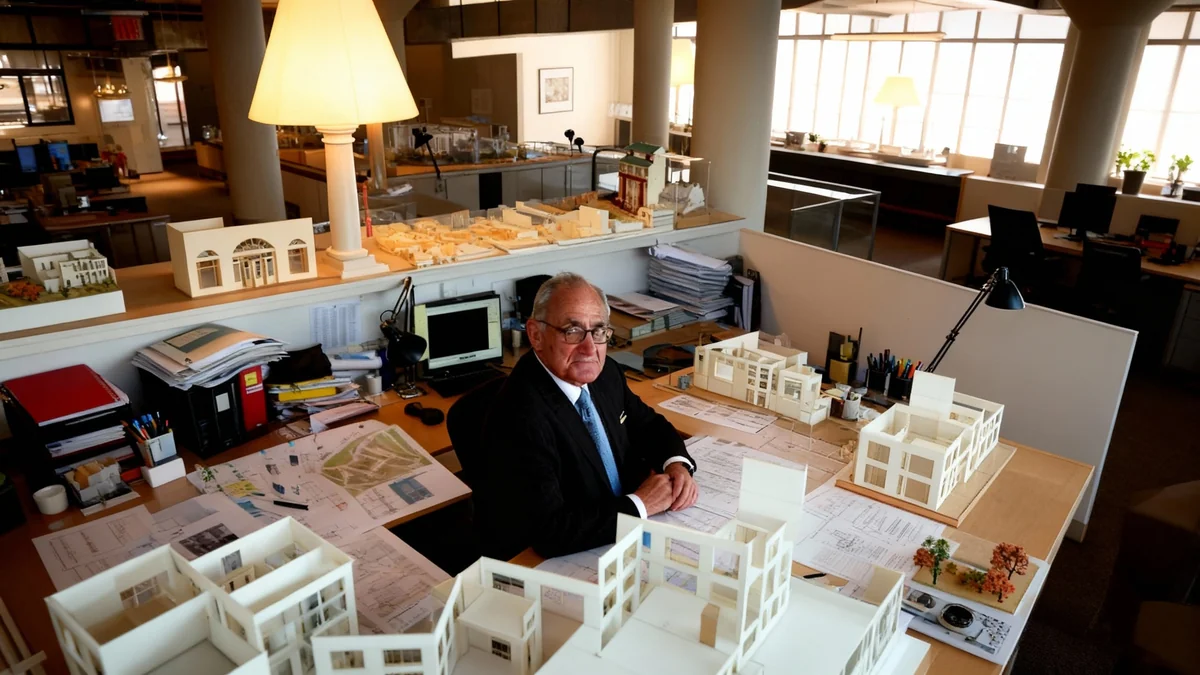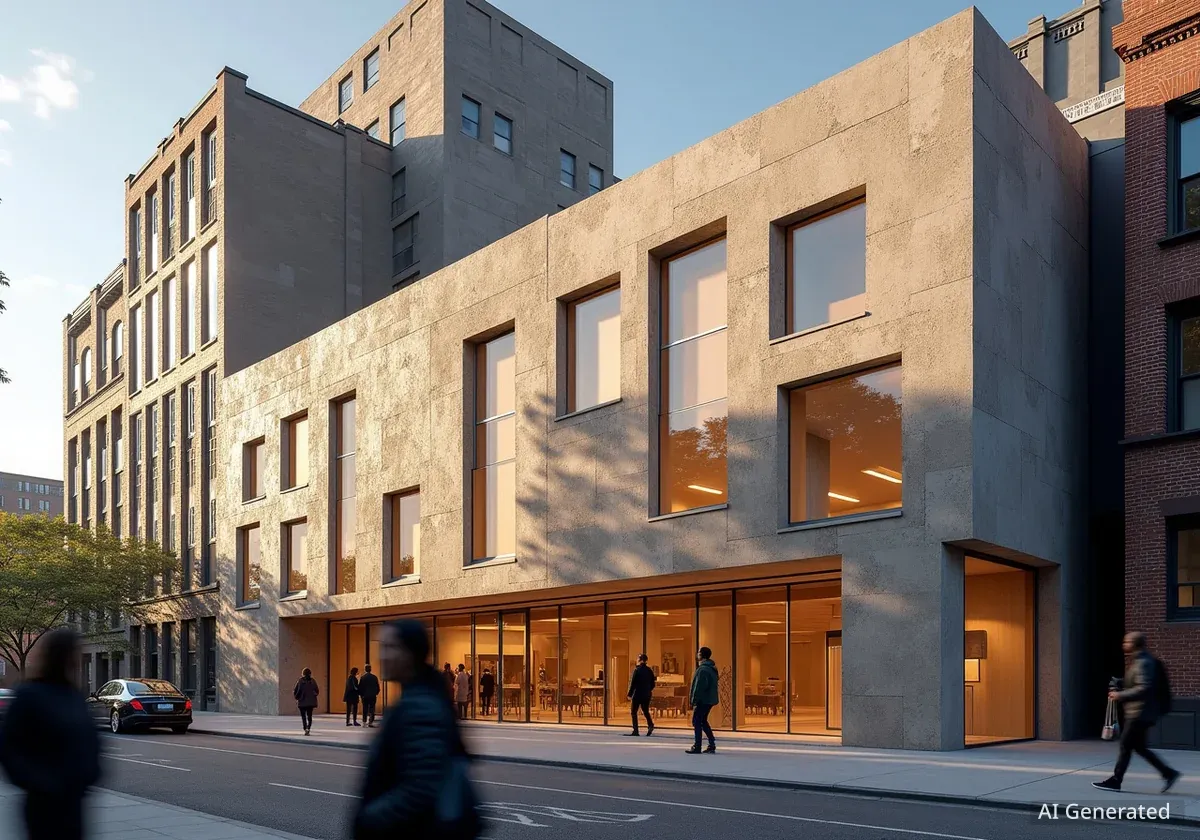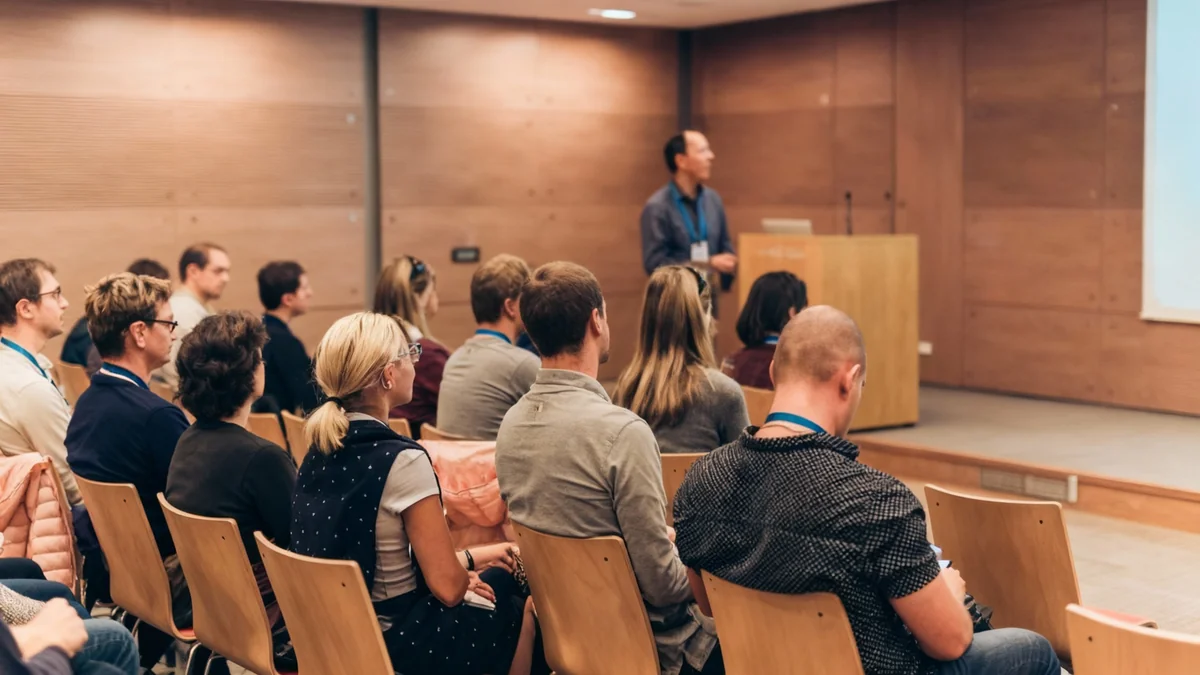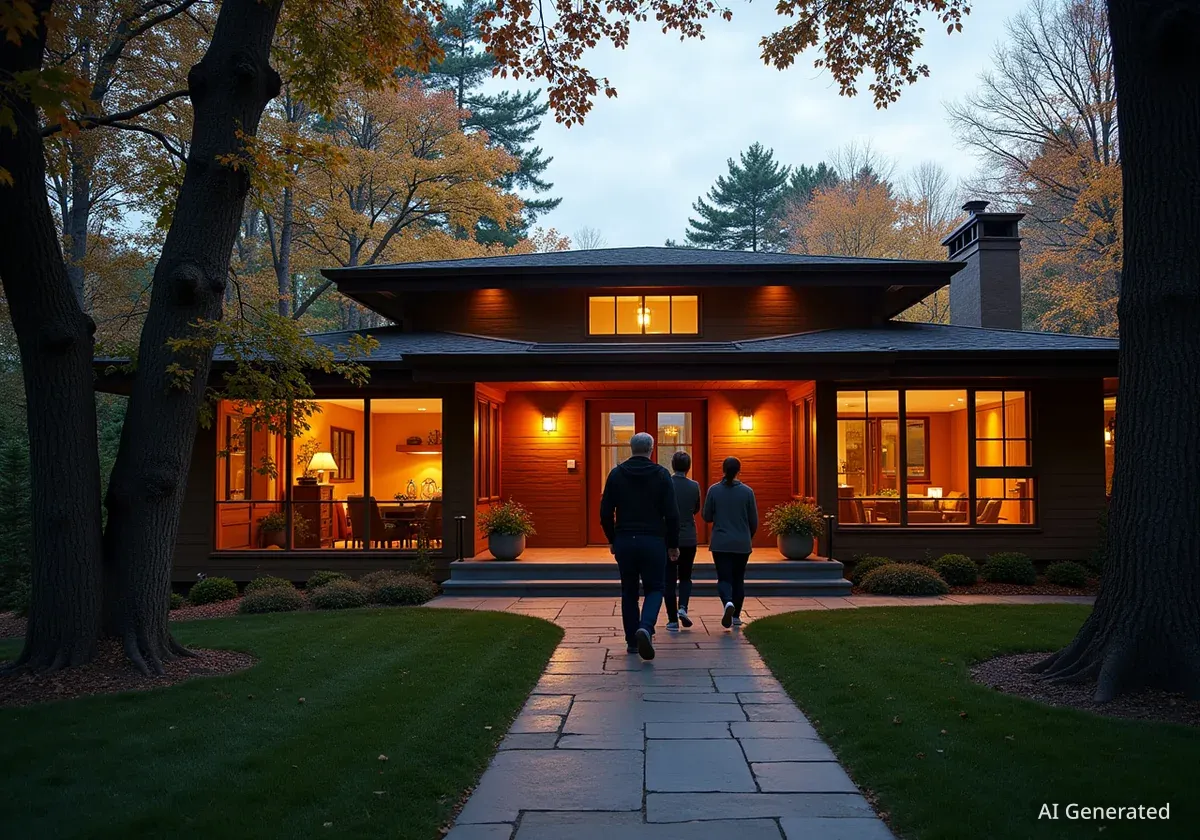The architecture firm BIG has finished its first building in the Los Angeles area. This new structure, the Robert Day Sciences Center, is located at Claremont McKenna College. It features a unique design with stacked rectangular volumes surrounding a central glass atrium. This project marks a significant step for BIG in the region and is part of a larger campus development plan.
Key Takeaways
- BIG completes its first Los Angeles-area project: the Robert Day Sciences Center.
- The building is at Claremont McKenna College and focuses on science education.
- It features six stacked volumes rotated 45 degrees, creating a central atrium.
- The design emphasizes social interaction and interdisciplinary learning.
- The center includes educational spaces, labs, offices, and outdoor terraces.
New Science Center Opens at Claremont McKenna
The Robert Day Sciences Center is a five-story building dedicated to science education. It houses modern labs, classrooms, and various learning spaces. The center is located on the eastern side of the Claremont McKenna College Roberts campus. BIG received the commission for this project in 2020.
Although the college is in Claremont, it is within Los Angeles County. This makes the Robert Day Sciences Center BIG's first completed project in the Los Angeles region. The building is also the initial structure finished under a comprehensive master plan for the campus, designed by BIG.
Project Facts
- Location: Claremont McKenna College, Los Angeles County
- Stories: Five
- Design Concept: Rotated stacked volumes with central atrium
- Materials: Steel trusses, reinforced concrete exterior, Douglas fir interior panels
Architectural Design and Features
The building's design consists of three pairs of stacked rectangular volumes. These volumes are wrapped in steel trusses and covered with a reinforced concrete exterior. Each pair of volumes is rotated by 45 degrees from the level below. This rotation creates a distinctive shape and internal spaces.
The gaps between these rotated volumes form a multi-story, glass-enclosed atrium at the center of the building. Bjarke Ingels, founder of BIG, described this atrium as a significant social space. He stated that it allows students, faculty, and colleagues to see each other from different levels, fostering connection.
"We imagined the Sciences Center as a series of parallel building volumes side by side – with a public space in between – that are rotated in all the same directions as the [campus] mall," said Ingels. "Even though each of the individual building volumes are rational, flexible, and capable of being computer labs or wet labs, the open atrium in between becomes a Piranesian social space where you can see fellow students, faculty, colleagues, and professors from every level."
Interior Layout and Access Points
Visitors can enter the building at three main points. One entrance is in a subterranean southwest corner, leading to the ground level. The other two entrances are on level one, located on opposing sides. A large "social" staircase is positioned on the ground floor. It ascends through the center of the building, connecting the different levels.
Inside each rectangular volume, various educational spaces are arranged. These include seminar rooms, classrooms, offices, and laboratories. Additional staircases and elevators are found at both ends of the volumes. Wedge-shaped terraces stretch between the volumes, offering views into the central atrium.
BIG's Presence in Los Angeles
This project at Claremont McKenna College is a significant milestone for BIG in the Los Angeles area. The firm recently opened an office in a renovated 1920s building in Los Angeles in 2024. The city also approved a multi-tower development designed by BIG in the Arts District. These developments show BIG's growing footprint in the region.
Encouraging Interdisciplinary Collaboration
The interior of the building features Douglas fir panels. The school's colors, red and gold, are integrated into the flooring, upholstery, and furniture, adding a touch of institutional identity. The building also includes eight outdoor terraces. These terraces are planted with native species and are designed to serve as additional social areas or "outdoor classrooms."
Claremont McKenna College president Hiram E Chodosh highlighted the building's role in promoting collaboration. He noted that the design encourages work and socializing across different academic disciplines. The unique architecture is intended to break down traditional barriers between fields of study.
"Bjarke's rotating stacks create opportunities to learn at the intersections," said Chodosh. "The wood fuels our social warmth. The glass cuts through the barriers. This is a carved jewel for Claremont McKenna College. A gem for the ages."
The design team for the Robert Day Sciences Center included many collaborators. Saiful Bouquet, Acco Engineered Systems, and Atlas Civil Design were among the key partners. MRY, Rosendin Electric, and WSP USA also contributed. Jacobs, ARUP, and KGM Architectural Lighting played roles in the project's development. Heintges, KOA, and EWCG provided specialized expertise. KPRS, Herrick, Hortus Environmental Design, and IDS Real Estate Group were also involved. Kleinfelder, Salamander, and Code Consultants Inc completed the extensive list of collaborators.
The creative director for the project was Bjarke Ingels. Leon Rost served as Partner-in-Charge. Aran Coakley managed the project, and Amir Mikhaeil was the technical lead. Lorenz Krisai led the project team. The team included Abigail Meyer, Ahmad Tabbakh, Alan Maedo, Ana Luisa Pedreira, Beat Schenk, Bernardo Schuhmacher, Bianca Blanari, Casey Tucker, David Holbrook, David Iseri, Dylan Hames, Gus Steyer, Hector Romero, Jan Leenknegt, Janie Louise Green, Joe Veliz, Kam Chi Cheng, Minjung Ku, Neha Sadruddin, Pooya AleDavood, RichardCagasca, Ryan Duval, Seung Ho Shin, Sue Biolsi, Terrence Chew, Thomas Guerra, Thomas McMurtrie, Tracy Sodder, Vi Madrazo, Won Ryu, Yanan Ding, Yasamin Mayyas, and Yen-Jung Alex Wu, and Yiling Emily Chen.
